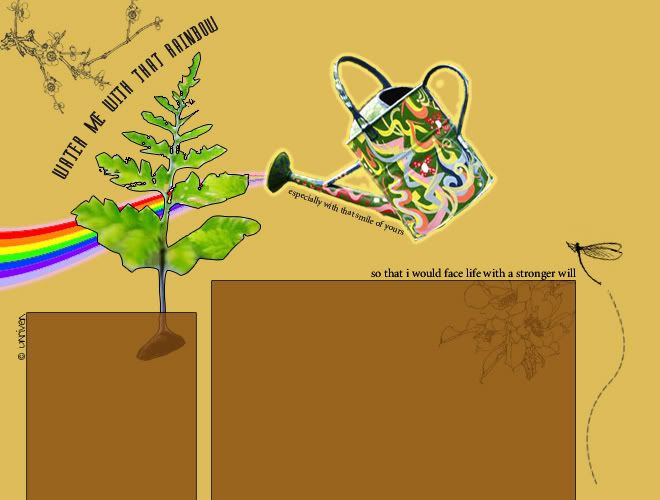Monday, September 6, 2010
Hello everyone!
Do you know what is asexual reproduction?
In this post, we shall explore the differences between sexual reproduction and asexual reproduction.
We will first start off with a video.
---------------------------------------------------------------------------------------------------------
In asexual reproduction, the offsprings produced are identical. In sexual reproduction, the new individuals differ genetically from their parents.
Task #2: Group these following characteristics into a table with two categories: 1) Sexual Reproduction; 2) Asexual Reproduction.
1) Cell division, binary fission, spores, vegetative reproduction, artificial propagation
2) No zygote
3) Rate rapid under favorable environments
4) Takes a long time
5) Male and female sex cells (haploid gametes)
6) No sex cells
7) Population increases slowly
8) Population increases rapidly
9) Plants and more complex organisms
10) Sexual reproductive organs in plants and animals
11) Two parents
12) Undergoes mitosis
13) Fertilisation forms a diploid zygote
14) Offspring genetically different from both parents
15) Undergoes meiosis
16) Offspring genetically identical to parent Plants and simple organisms
17) Male and female sex cells (haploid gametes)
18) One Parent
---------------------------------------------------------------------------------------------------------------
Do you know?
Asexual reproduction produces clones. It is common among simplest organisms. It produces offsprings without the need of gametes or searching for a mate!
Suggested Answer Key to Task #2:
| Asexual | Sexual |
| Cell division, binary fission, spores, vegetative reproduction, artificial propagation | Sexual reproductive organs in plants and animals |
| One parent | Two parents |
| No sex cells | Male and female sex cells (haploid gametes) |
| No zygote | Fertilisation forms a diploid zygote |
| Undergoes mitosis | Undergoes meiosis |
| Offspring genetically identical to parent | Offspring genetically different from both parents |
| Rate rapid under favourable environment | Takes a long time |
| Population increases rapidly | Population increases slowly |
| Plants and simple organisms | Plants and more complex organisms |
